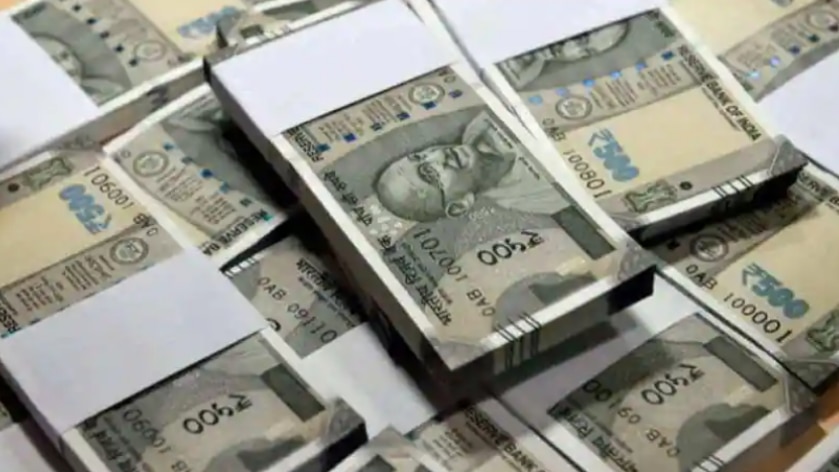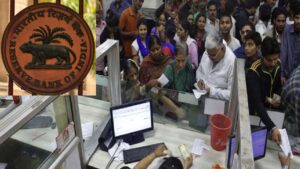Ever Wondered Why Can’t the Government Just Print More Money? Understanding How the Currency System Works

Ever Wondered Why Can’t the Government Just Print More Money? Understanding How the Currency System Works
Printing more notes doesn’t make a nation richer — it can actually destroy its economy.
Many people often wonder: if banknotes are printed right here in India, why doesn’t the government simply print as much money as it wants and distribute it to everyone? Wouldn’t that instantly end poverty and unemployment? It sounds like an easy solution but in reality, it’s one of the fastest ways to collapse an economy.
The Reserve Bank of India (RBI) does have the authority to print currency, but this process is tightly controlled. Printing money isn’t just about paper and ink; it’s tied to complex economic principles. Money derives its value not from its material, but from the trust that people place in the issuing government and the balance it maintains in the economy.
If the government were to print excessive amounts of money and hand out crores of rupees to everyone, people would suddenly have more cash in hand — but the amount of goods and services in the market would remain the same. This imbalance would cause prices to skyrocket. For instance, if everyone had ₹1 crore, demand for goods like food, fuel, and housing would shoot up, but supply wouldn’t. The result would be hyperinflation, where the price of everyday essentials could double or triple within days.
Such scenarios have actually occurred in several countries. Zimbabwe and Venezuela are often cited as cautionary tales where governments printed money recklessly, leading to worthless currencies, skyrocketing prices, and widespread poverty.
In India, the RBI usually prints money equivalent to about 1–2% of the country’s Gross Domestic Product (GDP). GDP represents the total value of goods and services produced in the country. This controlled ratio ensures a healthy balance between the amount of money in circulation and the real economic output.
If this balance is broken and too much currency floods the system, inflation rises, the rupee’s value falls, foreign investors lose confidence, and India’s sovereign credit rating — much like a country’s credit score drops. A lower rating makes borrowing from global markets more expensive and can weaken the entire economy.
In short, printing more notes does not create wealth, it only devalues the currency already in circulation. Real economic growth comes from productivity, innovation, and sustainable development, not from paper money.












